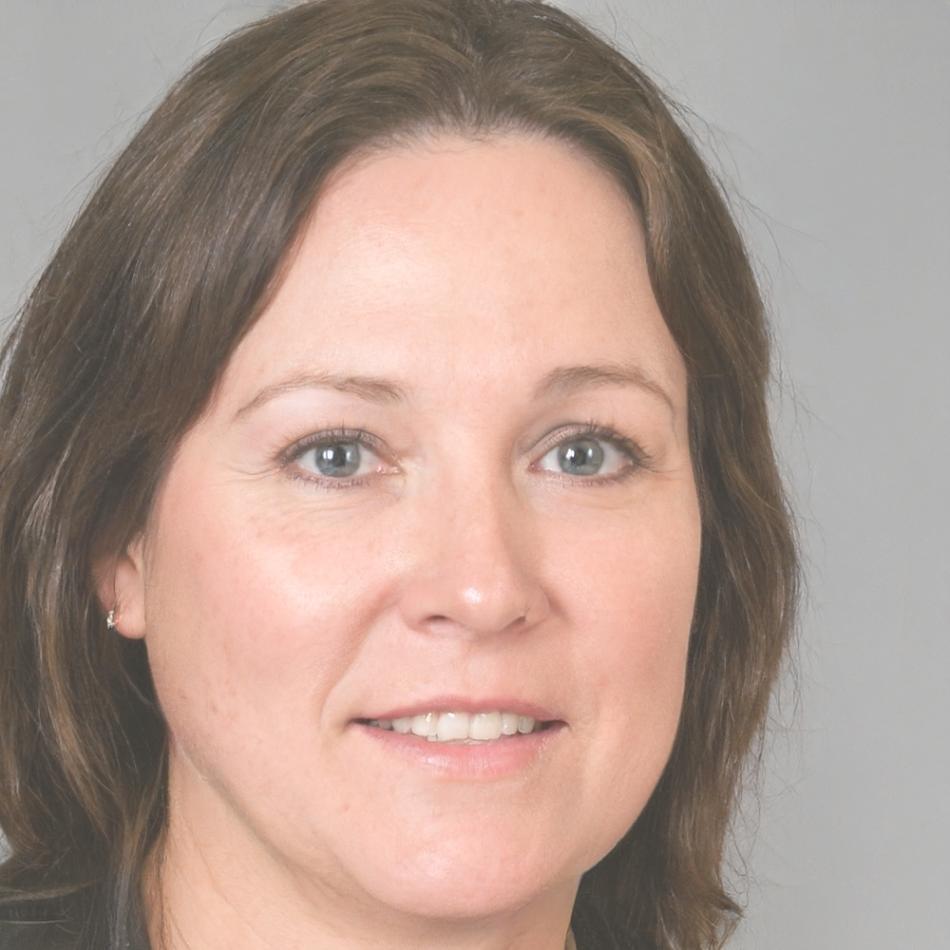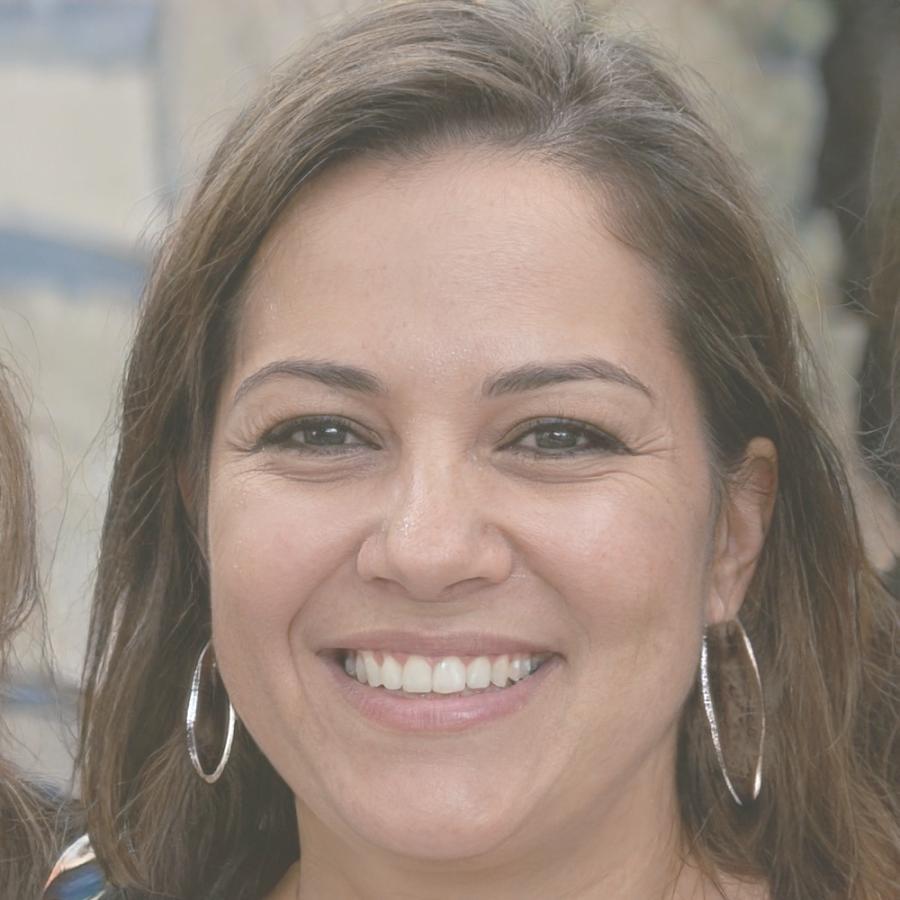Build Financial Models That Actually Work
We teach professionals how to construct reliable forecasting systems for real business decisions. Our methods focus on practical application, not theoretical perfection. Classes start October 2025 with experienced practitioners who've built models for companies across Southeast Asia.
View Program Details
How We Got Here
Started with one instructor and a borrowed office space. Now we're training finance professionals across Thailand's banking and corporate sectors.
Founded in Bangkok
Launched with eight students and a weekend schedule. Our founder, previously a senior analyst at a regional bank, wanted to share the modeling approaches that actually survived audit committees and board presentations.
Curriculum Expansion
Added specialized tracks for different industries after students kept asking for sector-specific examples. Real estate projects need different assumptions than manufacturing operations, so we built separate modules for each.
Partnership with Local Firms
Started working directly with accounting practices and consulting groups in Bangkok who needed their teams trained on consistent modeling standards. This led to our corporate training program.
Enhanced Program Launch
Introduced advanced modules covering sensitivity analysis and scenario planning. These techniques matter more when economic conditions shift quickly, which several of our alumni experienced firsthand last year.
Our Teaching Approach
Most financial modeling courses throw formulas at you and call it training. We start with the business question first, then build the analysis to answer it. This matters because executives don't care about your Excel skills—they care whether your forecast helps them decide.
Case-Based Learning
Every session uses real company scenarios from Thai markets. You'll model a Bangkok retail expansion, evaluate a manufacturing facility investment, and forecast cash flow for a startup seeking Series A funding. Messy data included.
Error Identification Practice
We give you broken models and ask you to find the problems. This replicates what happens when you inherit someone else's spreadsheet at work. Learning to audit models quickly is just as valuable as building them from scratch.
Assumption Documentation
The numbers are only half the model. We emphasize clear documentation of every assumption because three months later, you won't remember why you used that growth rate. And your colleague definitely won't know.



Who Teaches These Classes
Both instructors spent years building models for actual business decisions before they started teaching. They know which techniques hold up under scrutiny and which ones only work in textbooks.

Ramona Keyes
Spent eleven years in corporate finance at multinational companies operating in Thailand. Built acquisition models, budget forecasts, and investment analyses that senior management actually used. Started teaching in 2020 because she was tired of fixing poorly structured models from new hires.

Iris Tan
Formerly worked at a Bangkok-based investment advisory firm evaluating mid-market companies. Focused on real estate and consumer sectors. She teaches the industry-specific modules and brings case studies from actual deals she evaluated, with numbers changed for confidentiality.
